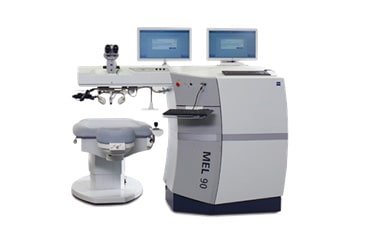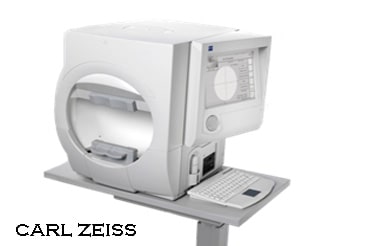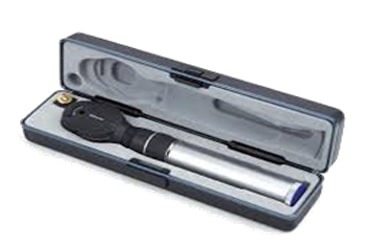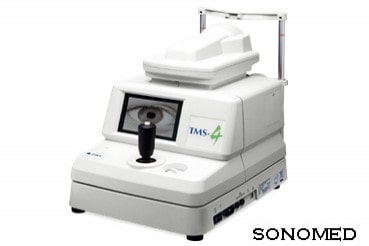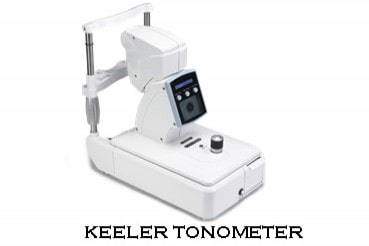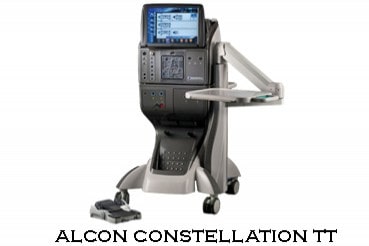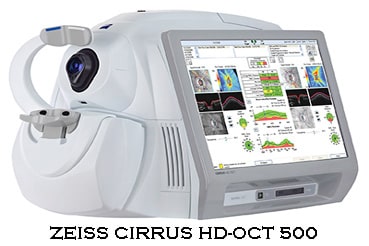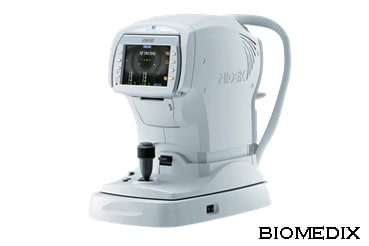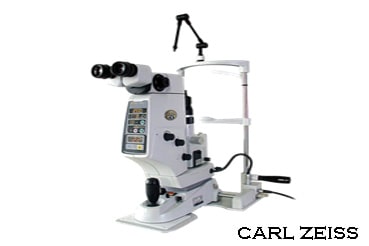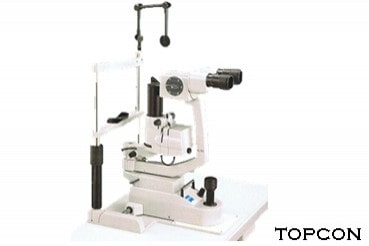Lasik is a surgical procedure that uses a laser to correct nearsightedness, farsightedness, and/or astigmatism. In Lasik, a thin flap in the cornea is created using either a microkeratome blade or a femtosecond laser. The surgeon folds back the flap, then removes some corneal tissue underneath using an excimer laser.
The flap is then laid back in place, covering the area where the corneal tissue was removed. With nearsighted people, the goal of Lasik is to flatten the too-steep cornea; with farsighted people, a steeper cornea is desired. Lasik can also correct astigmatism by smoothing an irregular cornea into a more normal shape.
The Humphrey Visual Field Analyser (HVFA), is a tool for measuring the human visual field, it is used by optometrists, orthoptists and ophthalmologists, particularly for detecting monocular visual field.
Ophthalmoscopy (funduscopy) is a test that allows a health professional to see inside the Fundus of the eye and other structures using an ophthalmoscope.It is done as part of an eye examination and may be done as part of a routine physical examination. It is crucial in determining the health of the retina, optic disc, and vitreous humor.
A pachymeter is a medical device used to measure the thickness of the eye’s cornea. It is used to perform corneal pachymetry prior to refractive surgery, for Keratoconus screening, LRI surgery and is useful in screening for patients suspected of developing glaucoma among other uses.
Tonometry is a diagnostic test that measures the pressure inside your eye, which is called intraocular pressure (IOP). This measurement can help your doctor determine whether or not you may be at risk of glaucoma. Tonometry is extremely safe. However, there’s a very minimal risk that your cornea could be scratched when the tonometer touches your eye. Even if this happens, however, it will normally heal itself within a few days.
Vitreo retinal surgery refers to any operation to treat eye problems involving the retina, macula, and vitreous fluid. These include retinal detachment, macular hole, Epiretinal membrane and complications related to diabetic retinopathy.
Phacoemulsification is a modern cataract surgery in which the eye’s internal lens is emulsified with an ultrasonic handpiece and aspirated from the eye. Aspirated fluids are replaced with irrigation of balanced salt solution, thus maintaining the anterior chamber, as well as cooling the handpiece

